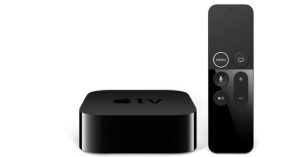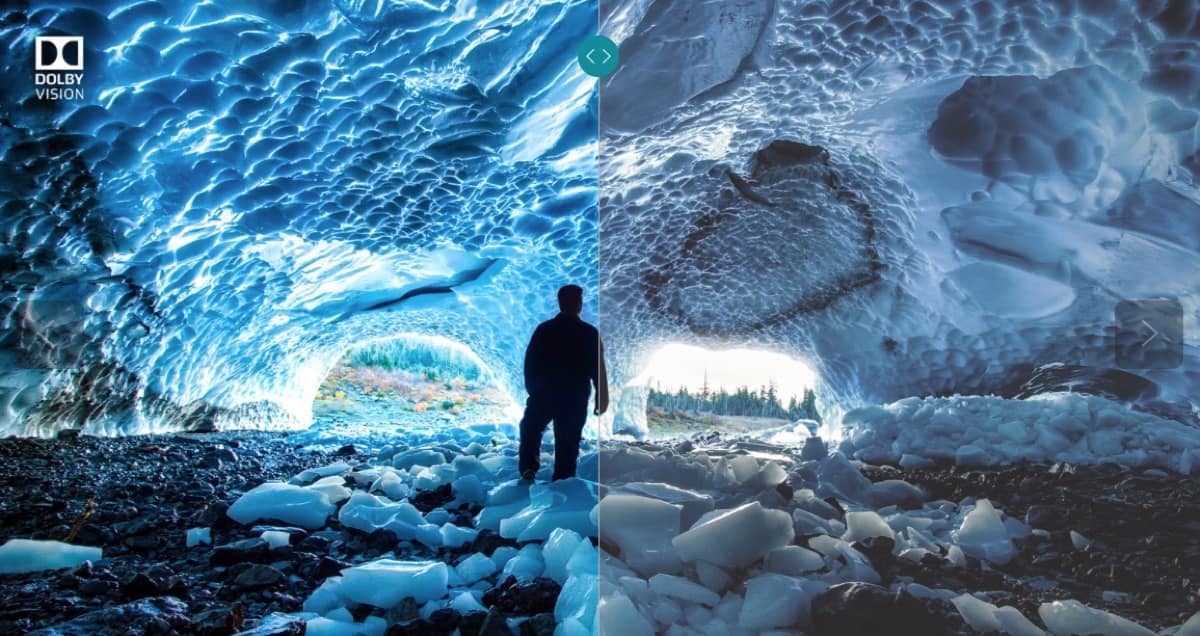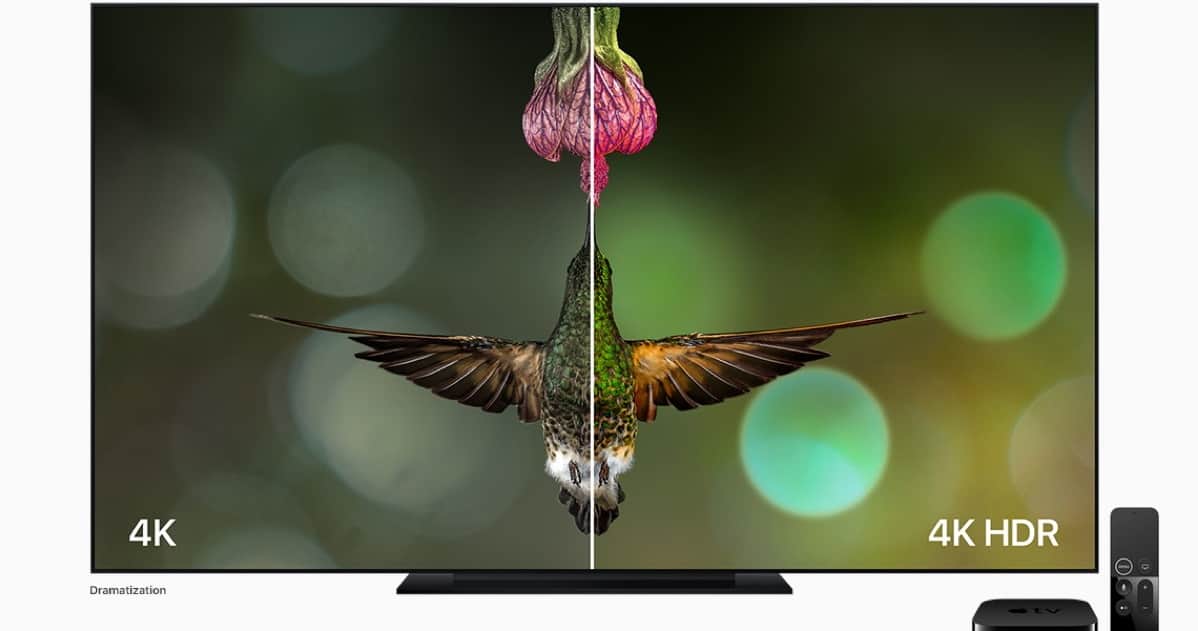The demand for 4K movies has brought about the business of upscaling 2K movies to 4K and marketing them as 4K. Should we care?

On September 27, Joseph Keller at iMore brought up an interesting point. Some of the new iTunes movies that Apple launched in parallel with the Apple TV 4K are actually 2K movies that have been upscaled to 4K. Is this a problem? I have some thoughts.
But before we proceed, a technical note is in order as a reminder.
- True 4K is 4096 x 2160 pixels. Some movies are shot in this resolution (many in other resolutions) and then mastered as HD or UHD.
- Ultra High Definition (UHD) is 3840 x 2160. Sometimes loosely referred to also as “4K”, because, well, 3840 is almost 4096. Cough.
- High Definition (HD) is 1920 x 1080 resolution. It’s sometimes called 2K in an informal way, but is not strictly 2K in the same sense that 4K is not UHD. Used here only for brevity.
Because 4K is easy to understand, it’s often used as a shorthand for UHD. Elsewhere, I often write 4K/UHD when I mean simply UHD. Here, I’ll use 2K and 4K just for simplicity to get to the point.
The Question
And so the question is, from a strictly UHD viewpoint, is a 2K movie upscaled to 4K indistinguishable from a true 4K video? That is, assuming you’re sitting close enough to avoid the Retina effect.
For starters I’ll refer to this article at CNET. “Can 4K TVs make ‘regular’ HD content look better?” The answer, to first order, is that it’s very hard to see the difference. (CNET’s Geoffrey Morrison is a TV expert.)
Recall that if any 4K TV sees a 2K video stream. it will use its own internal scaler to scale up to 4K. The next question is, does the scaler used by the studio to remaster the original 2K movie do a better job than your TV’s scaler? Again, the answer is, yes, but perhaps not enough that the consumer would notice.
So Then Why Upscale?
For a long time, the argument against buying a 4K TV was that there’s negligible content. But things are changing. The HD revolution is about ten years old now. People are thinking about a new TV. 4K TVs are very affordable. HDR (High Dynamic Range) is upon our consciousness. Apple has come out with the Apple TV 4K, which, in a way, puts the imprimatur on 4K.
What’s left is for the industry to start to advertise a goodly amount of 4K content. The iMore article I linked to lists 18 movies on iTunes that have been upscaled from 2K to 4K.
This emerging tactic is probably why Apple, for the launch of the Apple TV 4K and associated 4K content in iTunes, argued that the cost should be no higher than 2K movies. It makes sense, because that’s what they are. See, for example, “Apple Will Have a Tough Time Dictating 4K/UHD Movie Prices.”
That article was written before this upscaling process by the studios was widely known. It’s interesting that 2K movies upscaled to 4K could be considered premium content. Especially in light of the fact that any modern 4K TV is going to have its own fairly decent scaler and do that job anyway. If all that sounds a tad devious, it certainly seems so.

Throw in HDR
What if the movie is not only upscaled in the re-mastering process, but HDR metadata is thrown in? That’s perhaps something more serious to crow about. Does that now merit an increase in price over 2K Standard Dynamic Range (SDR movies)? That’s something to watch for going forward.
Bottom Line: Buyer Beware
- The bottom line is that whether 2K content is scaled by your TV up to 4K or whether the studio does it for you (and markets the video as 4K), experts say you likely won’t be able to tell the difference.
- All modern 4K TVs have a decent scaler. They have to. The Apple TV 4K has its own scaler for HD or less content. If the Apple TV 4K upscales content, your TV’s scaler will just shrug and pass the signal on without doing anything.
- Some advanced AV receivers also have a built-in scaler. I’m told it’s likely not any better than what’s in a very good 4K TV. So its use, and extra cost, is debatable.
- If the re-mastered 2K movie includes HDR, this is probably something worth looking for. What the premium should be, if at all, is an ongoing discussion.
- My guess is that the studios will continue to do this upscaling now, to ignite 4K interest and be able to claim a rich and growing catalog of 4K content. Whether there will ever be a standardized labeling process that declares the movie “shot in 4K” (or some other resolution) will likely be a long ways off, if ever. That’s up to the industry to decide.
Questions? I’ll try to answer in the comments section below.

Ugh! What a mess!
While I agree with everything in this article, trust me… there probably isn’t a major motion picture that has been digitally released that is NOT uncompressed 4K. Studios take the 4K master, and then “down scale” it for conventional 2k, or Blu-Ray, and then compress it even more for streaming. Ever wonder why Netflix Discs look better than streaming? Try downloading 35Gigs of data in 90 minutes, and you’ll begin to understand why.
What the studios need to do is go back to their real 4K uncompressed maters, and compress it down for new distribution, NOT go back to the 2k version, which is already compressed, and upscale it for 4k.
This has nothing to do with iTunes.
This has been a reality for some time. Most people saying 4K is so yesterday, let’s get going on 8K don’t realize that over 90% of VFX in movies is done at 2K. Most movies are sent to theaters in 2K, now, whether that 4K movie projector is showing it in 2K or upscaling, IDK. Interstellar was shown in 4K, I saw Finding Dory in 4K, but, other than that 4K movies are few and far between. The expense (and time) to do VFX in 4K is still high, as it has 4X the data, (4K is not twice 2K, it has 4x as many pixels… you can fit 4 1080p in 4K).
That being said, in most cases, when HDR is applied, it will still be an improvement, plus, UHD uses a wider color gamut than HD, so the color should be just a bit better overall.
The reality is, not all movies are shot with 4K or better cameras, yes, even in 2017. Now, older films that were finished on analog film, those can be rescanned and be true 4K & HDR, note that film has had higher dynamic range than digital for all this time, HDR only gets digital closer to the dynamic range of film. … A site that will tell you in simple terms whether a home release is 4K is realorfake4k dot com.
Note: one thing you missed, just like in theaters 4K is 4096 wide, also 2K is 2048×1080 in theaters. For some reason, in the home it is measured by the vertical dimension instead, (2160, 1080).
Maybe there’ll have to be a disclaimer at the beginning of the movie:
The movie you’re about to see, was actually filmed in 2K, and then messed about with by a studio exec, so you could be charged extra.
?
geoduck. Indeed. Me too. But the upscaling task from SD to HD was a lot more challenging than from HD to UHD! DIdn’t look great. Fortunately, that phase didn’t last.
So I wonder how long will it be until we see Barney Miller or Gunsmoke “Now in 4K”
I seem to remember them doing the same thing with SD content upscaled to HD. I seem to remember seeing videos of TV shows from the 80’s labeled “Now in HD”.